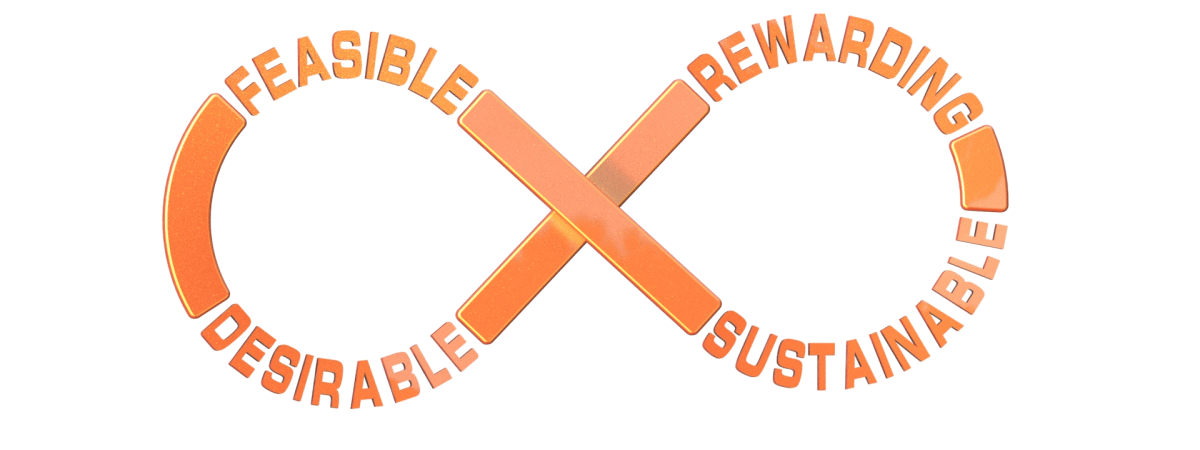The Design Process
How industrial design works, the processIn order to develop an idea into an actual product, each industrial design agency follows a similar pattern of activities that we call a design methodology. You can find quite some varieties “specially developed” to come to a good design. But in fact, the process always follows a logical pattern of somewhat overlapping phases. Each phase with its own outcome and skills required to come to the desired result.
In general it comes down to following 4 phases: analysis, ideation/design, realization/engineering, implementation.
Each project and each client is different. Studio STOUT will always adjust its development process to match the customer and project needs and possibilities as good as possible. Target is to create highest possible quality with an efficient way of working.
Analysis:
Research data
Target of this phase is to understand and agree what the objectives of the project are. This is more than just a specification for the product in terms of functionality. To come to a product that fits your brand, is wanted by consumers and is bringing profit, we have to look at the key factors defining the development :
- vision
- desired functionality
- ergonomics
- innovation possibilities
- feasible production techniques
- trends
- product regulations
- target markets, positioning
- competitor analysis / benchmark
- trends
- opportunities
- brand identity
- brand perception/awareness
- brand strategy
- brand development
After studying these aspects, together we define a good design brief and solid program of demands. During the rest of the process, these are the guidelines where against our designs are checked and verified.
A good and intensive dialogue with the client in this stage is very important to make sure the right product will be developed during the project. A product that will strengthen the brand and will exceed the expectations.
Create:
Ideation / Design
Once the analysis phase is done, we continue with the actual creative phase or design phase.
Based on what we learned from the analysis phase, we use brainstorming and other creativity techniques to define and generate a large amount of ideas, interesting basic principles and promising directions for the actual product design.
Together we look into feasible and desirable combinations that result in creative solutions.
These combinations are then visualized by sketching or 3D computer modeling. It may also be possible that first prototypes are made to evaluate ideas or create a better insight about the design.
In this stage of the design phase also the styling will become an integral part of the design process.
We create several concepts that show the general setup and shape of the product. From these concepts one final direction is chosen. This concept will then be adjusted, optimized and fine tuned before we can move on to the next phase.
Realization:
Engineering
In this phase, the concept is turned into a feasible completely detailed product design.
All parts and components are being engineered and optimized for (mass) production by making use of advanced 3D engineering software (CAD).
Material requirements are specified, best suitable production processes are defined and investments on production equipment and expected product price can be calculated.
Important part of this phase is to verify if all parts fit together properly, if everything works as expected and if the product meets all other demands initially set.
In order to check and test everything properly, prototyping is a very important tool. For this we can use our 3D printer but often use other rapid prototype techniques to achieve highest precision and best cosmetic level.
Next to functional and safety testing, you can also use these prototypes to show consumer panels in order to get feedback from the market before actual investments in the production tools are being made.
Implement:
Produce/Introduce
In this final phase, the production tools are being made. Once everything is ready and according specification, in general first a pilot production is done. A first small batch of products is made to check, evaluate and improve production processes, production jigs, and production quality. From this first batch, samples can be used to check on test protocols, as well as sending samples to test houses for homologation purposes.
Instruction manuals, packaging design, and marketing materials are finalized.
Once everything is approved, (mass) production can start.
We offer full service on all aspects of the development process, from developing brand strategies to prototyping and international production consultancy. We work closely together with specialist partners in all fields, from web design and specialized manual designers to production partners.
This enables us to deliver what you need in the most comfortable and efficient way.
- Market Research
- Ergonomics Research
- Test Standard analysis
- Consumer panel sessions
- Competition Benchmarking
- Feature Research
- Innovation Analysis
- Production Process Analysis
- Trend watching
- Brand Analysis
- Company Analysis
- Strategic planning and goals
- Brand Strategy
Result will be a clear design brief, describing the scope and target of the project.
- Brainstorming
- Creativity Techniques
- Ideation
- Idea mapping
- Concept Directions
- Concept Evaluation
- Concept Choice
- Concept Detailing
- Basic Bill of Materials
- Design
- Styling
- Prototyping
- Engineering
- Engineering Evaluation
- Refine Engineering
- Full detail prototyping
- Testing
- Testing Evaluation
- Finalize Engineering
- Finalize Bill of Materials
- Production Consultancy
- Factory Audit
- Evaluate Pilot run
- Instruction Manual Design
- Packaging Design
- Web presence Design
- Homologation support
- Special Versions and limited editions development
- Marketing support
- Advertising support
The process which we follow is very important to come to the best possible end result. Just following the process however does not guarantee success. Studio STOUT uses a design methodology which we call Full Scope Design Road map (FSDR). Key factor of this methodology is that we keep a strong and constant focus on the key success factors of development.
.

